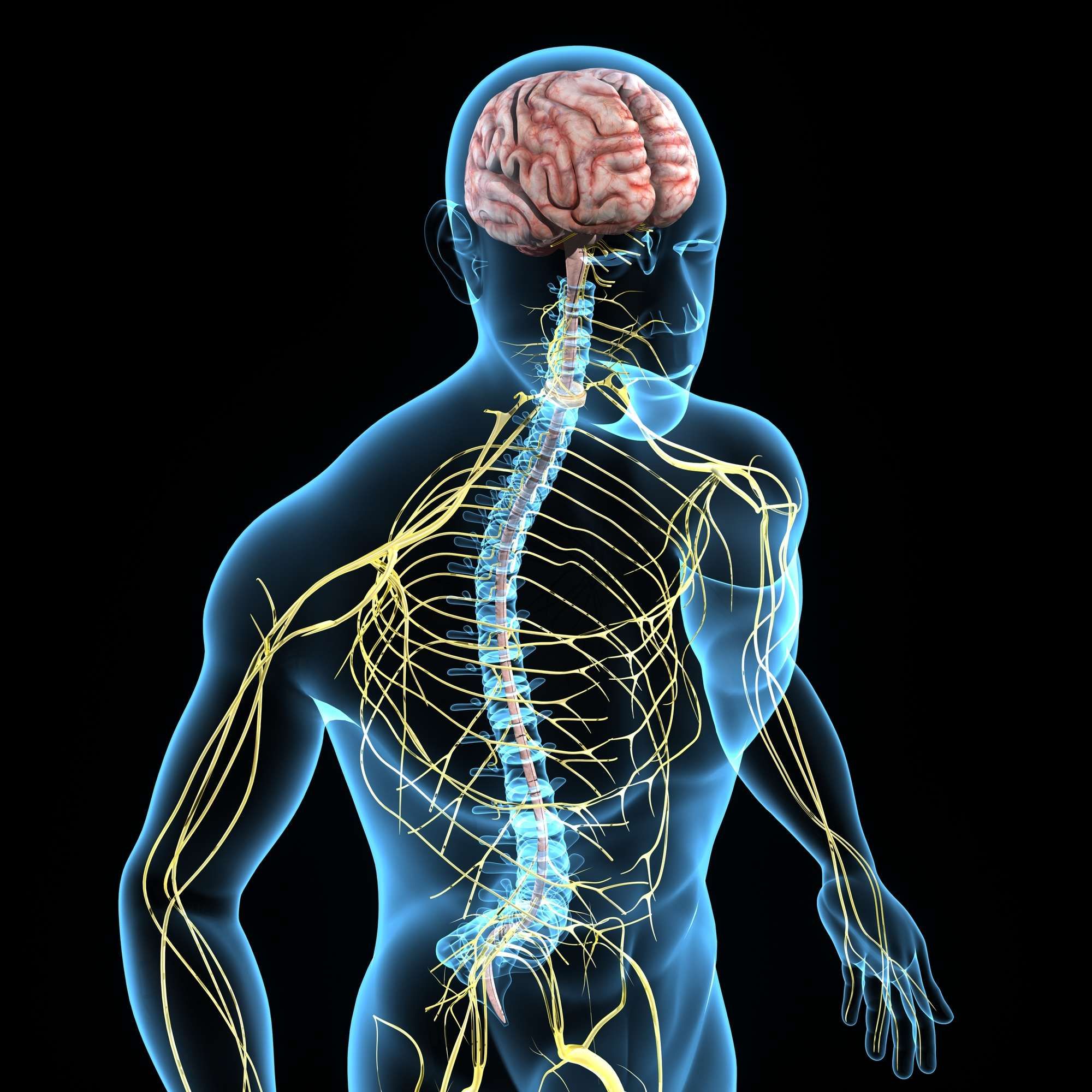Top Class Actions’s website and social media posts use affiliate links. If you make a purchase using such links, we may receive a commission, but it will not result in any additional charges to you. Please review our Affiliate Link Disclosure for more information.
The movement disorder known as cerebellar ataxia is a serious condition that can affect people severely, and may even persist for the rest of their lives.
Unfortunately, there is no cure available for the majority of patients who develop this movement condition. However, this may depend on the underlying cause of the condition. In some cases, treating the underlying issue that caused the condition can prevent symptoms from worsening or may able to reverse the effects of symptoms to some degree.
 What is Cerebellar Ataxia?
What is Cerebellar Ataxia?
Essentially, cerebellar ataxia is a muscle coordination disorder that occurs when the cerebellum—the part of the brain in the back of the skull that regulates muscular activity—is damaged or inflamed. The cerebellum controls a number of basic body functions, such as sensory abilities, voluntary movement, balance, and speech.
The word “ataxia” itself refers to a lack of fine motor control over voluntary movements, including basic movements and coordination. Cerebellar ataxia is the degeneration of the cerebellum, which in turn affects the body’s ability to perform these basic movements.
What are Common Ataxia Symptoms?
The most common and obvious signs of ataxia are slow, jerky movements and slurred speech.
Common symptoms of ataxia include:
- Lack of coordination
- Slurred speech
- Trouble eating and swallowing
- Deterioration of fine motor skills
- Difficulty walking
- Gait abnormalities
- Eye movement abnormalities
- Tremors
- Heart problems
Coordination issues from ataxia can make a person’s typical daily tasks much more difficult. Basic things like balance and speech can become awkward and stilted and can change the shape of a person’s life drastically.
What Causes Cerebellar Ataxia?
There are a number of possible causes of cerebellar ataxia, including:
- Head trauma
- Stroke
- Cerebral palsy
- Autoimmune diseases
- Infections
- Paraneoplastic syndromes
- Tumor
- Toxic reaction
- Vitamin E, vitamin B-12, or thiamine deficiency
Neurological conditions are among the other major causes of cerebellar ataxia, including Alzheimer’s, Huntington’s, or dementia, which are all connected with cerebellar degeneration side effects. Certain brain infections, such as AIDS and encephalitis, may also be able to cause cerebellar ataxia symptoms.
Sometimes, ataxia can also be a hereditary condition in which a gene defect creates abnormal proteins that prevent the proper functioning of nerve cells in the cerebellum and spinal cord, leading to degeneration.
In other cases, ataxia may occur because of exposure to certain medications. One medication that has been linked with ataxia symptoms is Dilantin, or phenytoin. Phenytoin is an anticonvulsant drug used to treat seizures in patients. Dilantin has also been linked to cerebellar atrophy.
According to a study published in the Seizure European Journal of Epilepsy, patients who take Dilantin for longer periods of time or at higher dosages face an even greater risk of developing cerebellar ataxia. The study concluded that cerebellar atrophy “is frequently associated with long-term use of phenytoin.”
Patients for whom a number of risk factors apply (for instance, a brain condition as well as the use of Dilantin) may face an even greater increased risk of developing cerebellar ataxia issues.
Is There a Cure for Ataxia?
For most patients with cerebellar ataxia, there is no cure. In some cases, if the issue is caught early and treated with prescription drugs and vitamins, this is enough to take care of the problem.
If the condition was caused by exposure to a certain medication, then stopping the intake of the medication would be the first step to stopping the ataxia symptoms from getting any worse. However, long-term exposure to these drugs may lead to permanent ataxia symptoms.
In most cases, ataxia treatment simply involves managing the symptoms associated with the condition rather than treating the condition itself.
Can I File a Lawsuit?
A growing number of patients are coming forward with litigation over Dilantin cerebellar ataxia. Lawsuits allege that the drug’s manufacturer failed to adequately warn both patients and the medical community about the risk of cerebellar atrophy linked with the use of phenytoin, placing company profit over patient safety.
If you or someone you love has been diagnosed with cerebellar ataxia after the use of Dilantin, you may be able to file a lawsuit and pursue compensation. Of course, filing a lawsuit cannot take away the pain and suffering caused by this condition, but it can at least alleviate the financial burden incurred by medical expenses, lost wages, and more.
Filing a lawsuit can be a daunting prospect, especially while dealing with these health complications, so Top Class Actions has laid the groundwork by connecting you with an experienced attorney. Consulting an attorney can help you determine if you have a claim, navigate the complexities of litigation, and maximize your potential compensation.
In general, phenytoin lawsuits are filed individually by each plaintiff and are not class actions.
Do YOU have a legal claim? Fill out the form on this page now for a free, immediate, and confidential case evaluation. The attorneys who work with Top Class Actions will contact you if you qualify to let you know if an individual Dilantin lawsuit or Dilantin class action lawsuit is best for you. Hurry — statutes of limitations may apply.
This article is not legal advice. It is presented
for informational purposes only.
ATTORNEY ADVERTISING
Top Class Actions is a Proud Member of the American Bar Association
LEGAL INFORMATION IS NOT LEGAL ADVICE
Top Class Actions Legal Statement
©2008 – 2024 Top Class Actions® LLC
Various Trademarks held by their respective owners
This website is not intended for viewing or usage by European Union citizens.
Get Help – It’s Free
Join a Free Dilantin, Phenytoin Cerebellar Atrophy Class Action Lawsuit Investigation
If you or a loved one were injured by Dilantin/phenytoin side effects, you may have a legal claim. Fill out the form for a free case evaluation.
An attorney will contact you if you qualify to discuss the details of your potential case.
PLEASE NOTE: If you want to participate in this investigation, it is imperative that you reply to the law firm if they call or email you. Failing to do so may result in you not getting signed up as a client or getting you dropped as a client.
Oops! We could not locate your form.


 What is Cerebellar Ataxia?
What is Cerebellar Ataxia?










